The CT FIRST Trial: Should We Pan-CT After ROSC?
RebelEM
JUNE 1, 2023
Background: Achieving ROSC in out of hospital cardiac arrest (OHCA) is no easy feat but, care doesn’t end with ROSC. Post-ROSC management is nuanced and challenging but helps to ensure good outcomes. Identification of the underlying cause of the cardiac arrest is a critical area of focus in post-arrest care. Although myocardial infarction, dysrhythmias and pulmonary emboli are common pathologies to consider, there are a host of other causes including subarachnoid hemorrhage, trauma and electroly
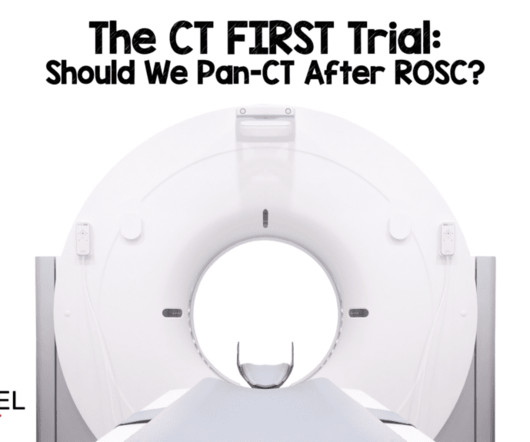
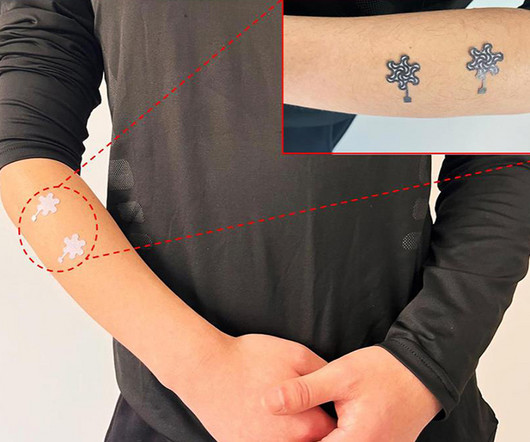
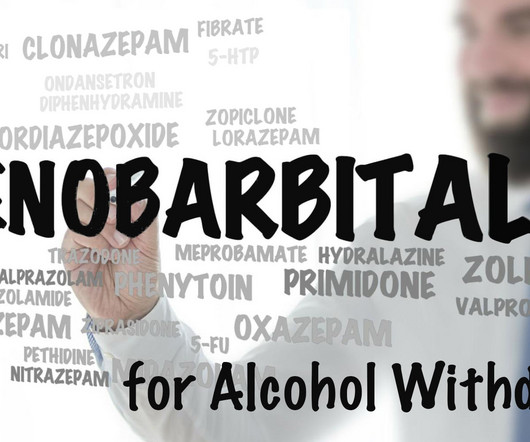

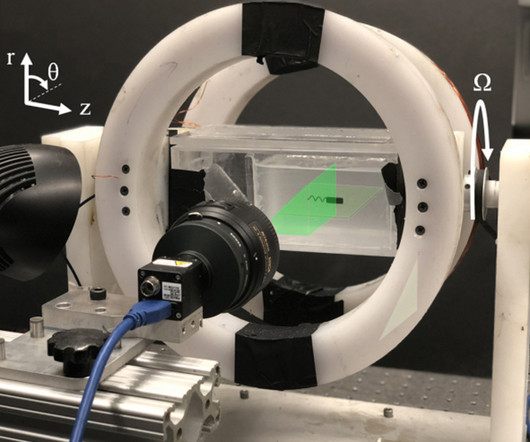


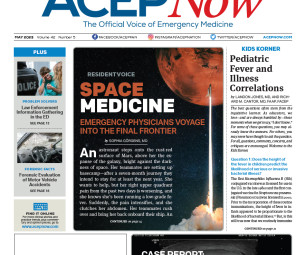





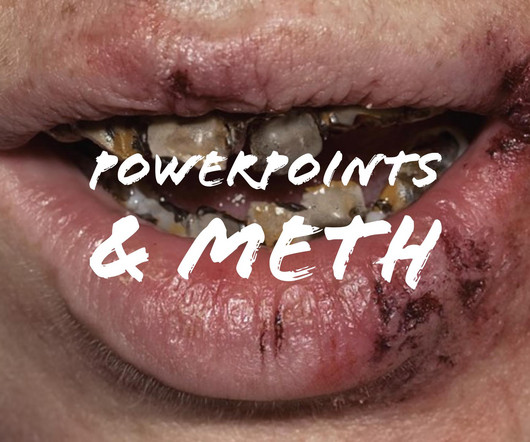








Let's personalize your content